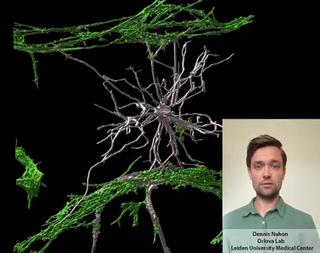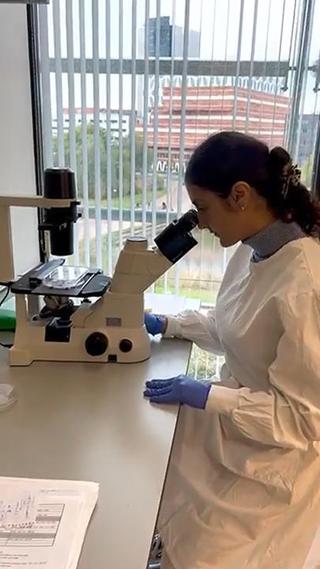Tumor-on-chips to study delivery of protein therapeutics
Valentina is a PhD candidate at the Department of Biochemistry at Radboudumc. Her research focuses on developing and applying organ-on-chip technologies, such as tumor-on-a-chip systems, to study the tissue-specific and cytosolic delivery of protein therapeutics. Valentina's research has also aimed at bridging the gap between engineers and biologists, promoting the use of microfluidic organ-on-chip technologies to answer more relevant biological questions. One example of this is the development of a mathematical model that could be applied to study drug delivery and diffusion in a tumor-on-a-chip system and to extrapolate possible outcomes of the delivery of therapeutic proteins to tumors in the human body. Another collaboration led to the development of a tumor-on-a-chip where hypoxic conditions can be replicated and investigated, and where the targeting of specific hypoxia markers in tumor cells can be investigated.
New

Five simple tricks for making your own video for TPI.tv

Stem cell derived Vessels-on-Chip to study brain disorders

From 2D hiPSC culture to developing a 3D vessel-on-chip
